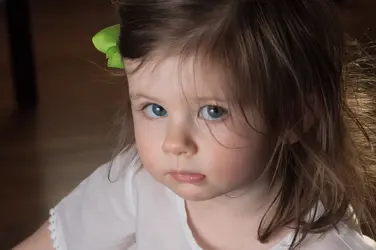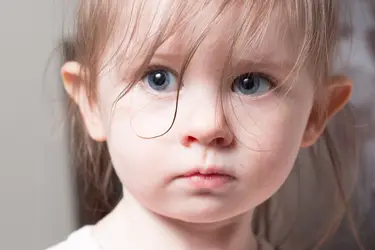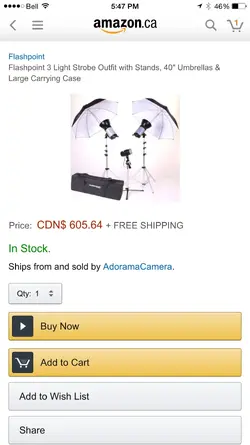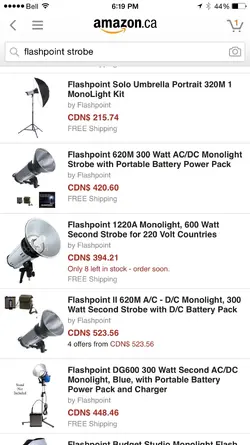OGsPhotography
No longer a newbie, moving up!
- Joined
- Nov 17, 2015
- Messages
- 809
- Reaction score
- 385
- Can others edit my Photos
- Photos OK to edit
Thread #1 seemed to help there were so many good points I caught on to, thank you.
In this post I will show my new Photos, now that I am working with an off camera flash.
I just read this from Derrel in another post;
"time to learn how to work a camera. That's the issue. It is now time to learn how to work a scene, work a camera, work a composition from a mental thought into an actual, finished image, and that is basically the artistic and aesthetic journey that every photographer needs to begin, and complete. The easy part is over. Now you need to work on aesthetics, lens work, composition, lighting, and processing."- Darrel
Thats where Im at!
My main focus at the moment is to have the basics in place, so when I have the opportunity to photograph I will have a better chance.
Keeping organized and being ready will be my focus.
I haven't done anything in post yet I want to catch some better light and have some nicer compositions to work with. The plan is to have a finished portrait of my Daughter from a Christmas scene printed for her birthday in January. I want to print a large canvas, 30x 40 or similar, bigger is better IMO for this one. Having some props from Cmas in the picture is important I think for the intended recipient of said photo, Mom, she goes all out so I want to capture her Christmas " Spirit" a bit. These close ups are practice for lighting the eyes, but I intend to zoom back a bit to have a tree/ ornament or something in the shot.
Im looking for suggestions how to use the speed light, Bay Window, and a large white reflector, and specific setting on my D70 to accomplish my vision. Watching Kelby today I saw him using a diffuser and an umbrella. I will order one if that will help make my light more useful. I will consider smaller strobes/ reflectors for background light or hairlight etc. I can use Amazon.ca if you know a good product.
Considering also to upgrade my nifty 50mm 1.8 to a 1.4 ( mostly because someone local is selling one used for 400), or going with an advanced zoom like 70-200 2.8. I need to know that the pics will be BETTER before I drop another 1k+ on a lens. I am pretty familiar with the 50mm so I like the thought of keeping it if it is sufficient. I feel like the 1.4 for a portrait will not really make a difference because Im using light and don't need/ want to shoot at 1.4, I bumped my f/ to 5.6 for working with the speed light.
General plan is to get her in front of the window during strong light hours ( 8-10 AM at the moment) for Rim/ hair lighting, and use the reflector as side fill, with the speed light shooting through the umbrella close up at 1/128 power, pointing up a bit at her ideally, so I need a prop to sit her on because the umbrella is 33".
Its funny I noticed I really have started tracking the suns movements and positions since becoming interested on photography, 8 years ago.
Well, you asked for more info in the last post so I thought I'd set this one up a bit better
In this post I will show my new Photos, now that I am working with an off camera flash.
I just read this from Derrel in another post;
"time to learn how to work a camera. That's the issue. It is now time to learn how to work a scene, work a camera, work a composition from a mental thought into an actual, finished image, and that is basically the artistic and aesthetic journey that every photographer needs to begin, and complete. The easy part is over. Now you need to work on aesthetics, lens work, composition, lighting, and processing."- Darrel
Thats where Im at!
My main focus at the moment is to have the basics in place, so when I have the opportunity to photograph I will have a better chance.
Keeping organized and being ready will be my focus.
I haven't done anything in post yet I want to catch some better light and have some nicer compositions to work with. The plan is to have a finished portrait of my Daughter from a Christmas scene printed for her birthday in January. I want to print a large canvas, 30x 40 or similar, bigger is better IMO for this one. Having some props from Cmas in the picture is important I think for the intended recipient of said photo, Mom, she goes all out so I want to capture her Christmas " Spirit" a bit. These close ups are practice for lighting the eyes, but I intend to zoom back a bit to have a tree/ ornament or something in the shot.
Im looking for suggestions how to use the speed light, Bay Window, and a large white reflector, and specific setting on my D70 to accomplish my vision. Watching Kelby today I saw him using a diffuser and an umbrella. I will order one if that will help make my light more useful. I will consider smaller strobes/ reflectors for background light or hairlight etc. I can use Amazon.ca if you know a good product.
Considering also to upgrade my nifty 50mm 1.8 to a 1.4 ( mostly because someone local is selling one used for 400), or going with an advanced zoom like 70-200 2.8. I need to know that the pics will be BETTER before I drop another 1k+ on a lens. I am pretty familiar with the 50mm so I like the thought of keeping it if it is sufficient. I feel like the 1.4 for a portrait will not really make a difference because Im using light and don't need/ want to shoot at 1.4, I bumped my f/ to 5.6 for working with the speed light.
General plan is to get her in front of the window during strong light hours ( 8-10 AM at the moment) for Rim/ hair lighting, and use the reflector as side fill, with the speed light shooting through the umbrella close up at 1/128 power, pointing up a bit at her ideally, so I need a prop to sit her on because the umbrella is 33".
Its funny I noticed I really have started tracking the suns movements and positions since becoming interested on photography, 8 years ago.
Well, you asked for more info in the last post so I thought I'd set this one up a bit better














![[No title]](/data/xfmg/thumbnail/33/33421-38d09827e584b8381c5e3a468cdf0159.jpg?1734163435)





![[No title]](/data/xfmg/thumbnail/32/32937-a884897f1671b4bfa4a955c9e4b7e574.jpg?1734162741)

